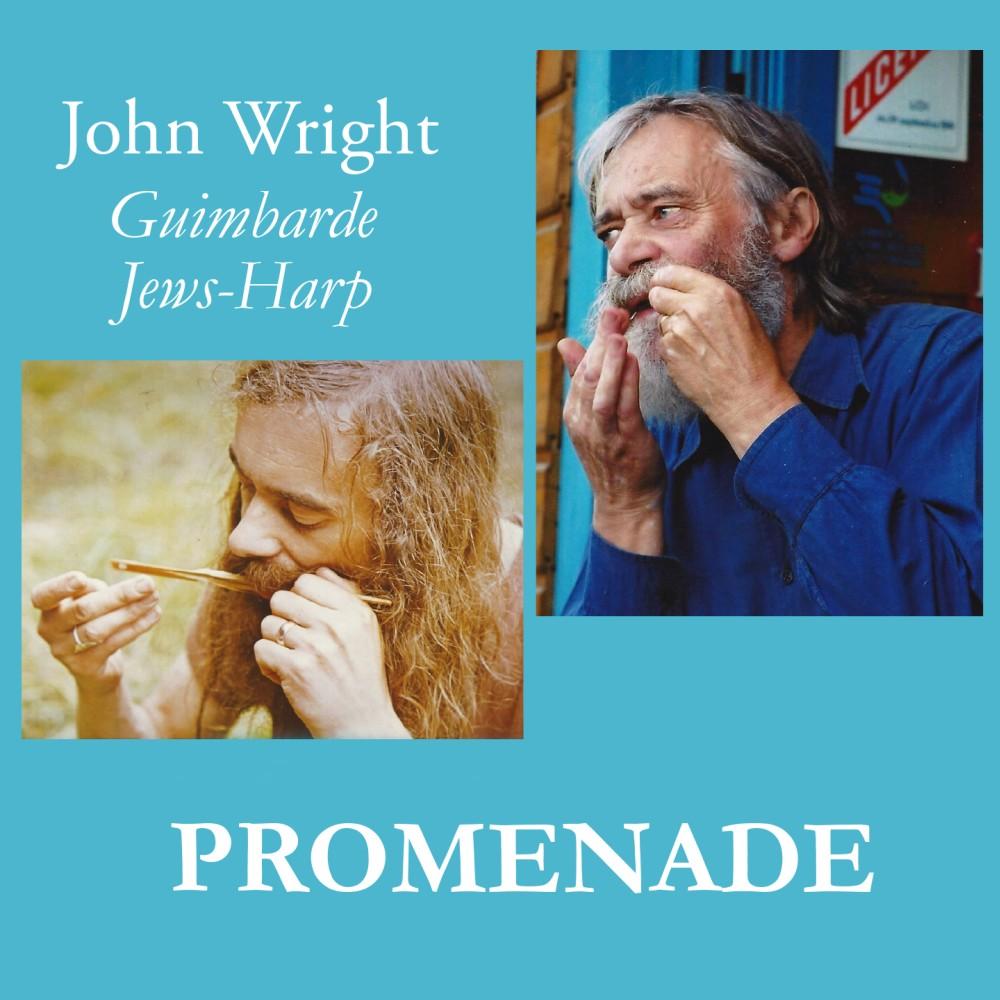John Wright 1939/2013
The man who made the jew's harp sing
The jew's harp is an idiophone whose vibrating element is a reed operated by pinching, using the musician's mouth cavity as a resonator.
This was the little musical instrument, often regarded as a toy or gadget, that became a favourite of, and admirably played by, an Englishman living in France: John Wright.
“Tradition is a permanent revolution.”
This phrase, which John Wright was fond of uttering in his splendid accent, sums up a musical career that overturned the world of popular music in France by encouraging a generation to discover and play traditional instruments and songs. In December 1969, together with Catherine Perrier and a few friends, he set up “Le Bourdon”, a now-legendary association which organised a folk club every Monday in different venues in Paris, enabling musicians to come and present their music, as well as giving “folkies” the chance to take their first steps. It was there that he met, among others, the Vietnamese musician Tran Quang Hai, a master of the jew's harp, spoons, and diphonic singing.
For John, music meant singing, crwth, violin… But always with a special fondness and wonder for the jew's harp.
“It works like this: you select an initial sound while listening to what's going on in the background. When another, distant sound appeals to you, you go and find it and bring it to the foreground in place of the first, and so on, which, with the successive sounds and their combination, gives the impression of ‘walking’ the sound of the jew's harp through your mouth and down your throat. That's how it's been through the years I have played the jew's harp, or rather lived with the couple it forms with the oral cavity.”
Throughout his life he and his partner, Catherine Perrier, travelled to many countries, meeting traditional musicians and demonstrating the technique, complexity and richness of the jew's harp. In 1984, he took part in the first International Jew's Harp Congress organised in the USA.
For many musicians, meeting John Wright was a revelation, transforming their approach to the music of the peoples of the world and the playing of the jew's harp.
Daniel Roy, an important musician in the revival of Quebec music, remembers John:
“The first time I heard The Art of the Jew's Harp on the Chant du Monde label, it changed my life - wow! I then had the pleasure of visiting John Wright in Paris in 2002 for a two-week masterclass. John opened my ears to the textures of sound and the play of light and shadow in music in general and the jew's harp in particular. He also made me aware of the different vibratory spaces in Europe, often churches, even listening to trains in Scotland gliding along the tracks in winter. I learned a lot from our conversations and I still think about them. He told me that he often went to play in Norway and wondered why he was invited so often when he thought the Munnharpa players played much better than he did: John was humble! John Wright was an important figure, as was Catherine Perrier at the Veillée des Veillées in 1975. He influenced many young up-and-coming musicians at the time, following his wonderful encounter on stage with violinist Jean Carignan.”
His followers are numerous and grateful for the work and open-mindedness of this musician who, during long evenings, would quickly sweep you away on another of his many passions: steam locomotives! Breath, as they said, was his life.
PhilippeKrumm (ranslation Roger Surridge)
